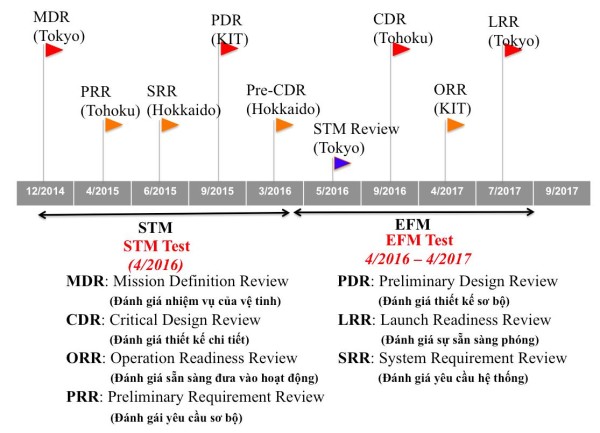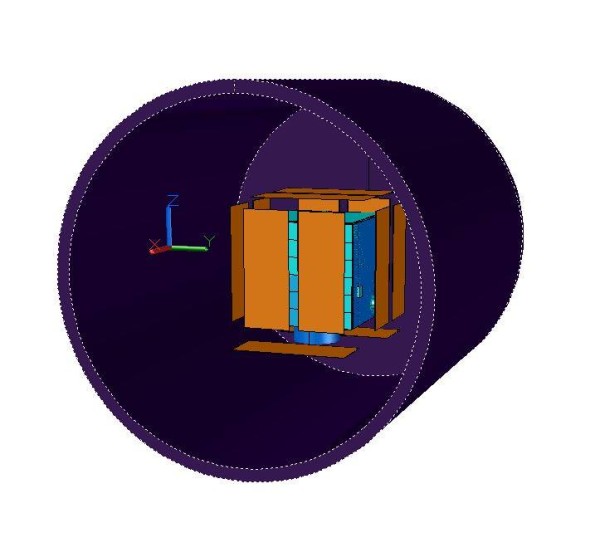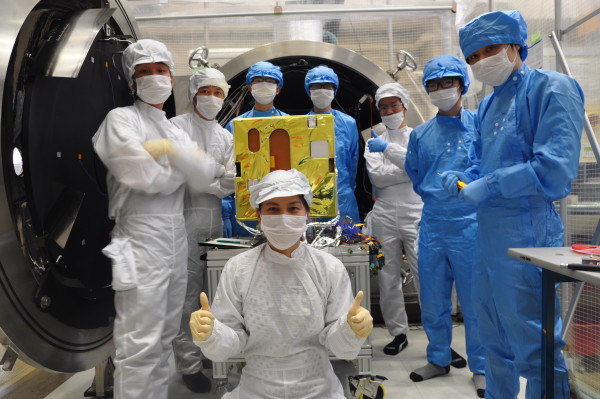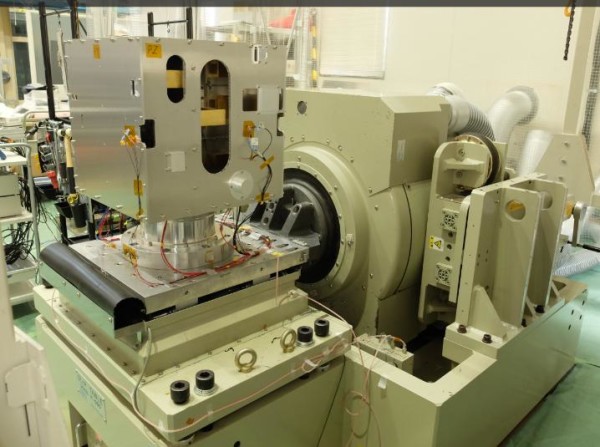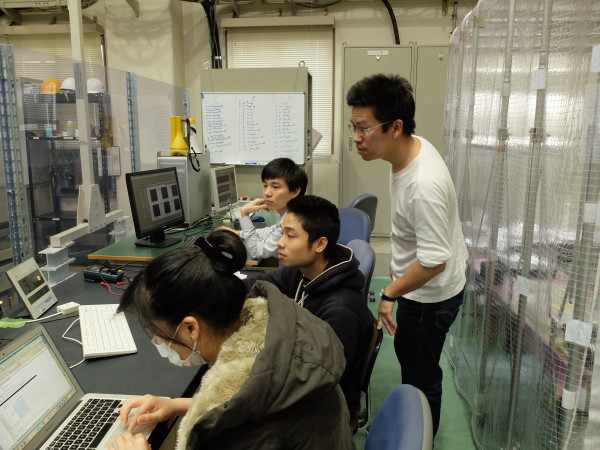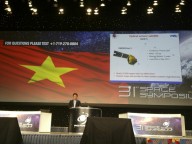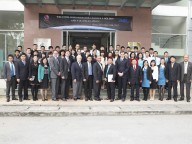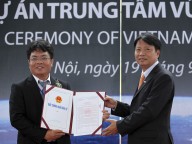MicroDragon is the first 50-kg satellite developed by researchers of Vietnam National Satellite Center (VNSC), Vietnam Academy of Science and Technology (VAST). The satellite is to be launched by EPSILON rocket (Japan) in 2018.
Figure 1: Development schedule of MicroDragon Satellite
MicroDragon satellite is to be developed with 2 models including Structural Thermal Model (STM) and Engineering Flight Model (EFM) (Figure 1).
- Structural Thermal Model (STM): is developed for testing thermal and structural properties of the satellite. STM doesn’t include any electrical parts. Real components are replaced by alloy (of Aluminum or Copper) blocks called dummy mass. Heaters and thermal boxes covered by Kapton tape are used for simulating thermal properties of real components.
- Engineering Flight Model (EFM): this model is to be launched, developed for both design and manufacture verification. Environment test of EFM is to be conducted with Acceptance Test (AT) level in order to guarantee that the satellite will survive during launching and after seperation from the rocket, and cause no damage to the satellite components
In July 2015, STM thermal design and structure design was completed. In March, 2016 all the mass dummies, thermal boxes and honeycomb panels were delivered. In April 2016 STM test was finished.
STM Thermal balance test was conducted at Center for Nanosatellite Testing (CeNT) of Kyushu Institute of Technology (KIT) from Apr. 5th to Apr. 9th, 2016. Heaters were attached on mass dummies to emulate heat generation of real components and thermalcouples were used for measuring temperature at different positions of the satellite. After STM was integrated it would be moved and placed in a vacuum chamber for testing.
Purpose of thermal balance test included verification of the analytical thermal model and demonstration of the ability of the satellite thermal control subsystem to maintain temperature limits.
Figure 2. Modeling the satellite in the chamber on Thermal Desktop
Figure 3. VNSC researchers removed the satellite from the chamber after Thermal test
STM vibration test was conducted after thermal test from Apr. 12th to Apr. 14th, 2016. Purposes of the vibration test were for verifying analytical structure model and determining natural frequencies of the satellite at 3 perpendicular axes.
Accelerometers were attached on different positions on STM and connected to 2 measurement systems which were controlled by one control PC, the data were then recorded in 2 other PCs.
Figure 4. MicroDragon STM attached on Vibration test machine
Figure 5. VNSC researchers operated PCs to monitor and control testing process
Both STM thermal balance test and vibration test were done successfully, purposes of STM test are achieved. Testing result of thermal balance test is to be used for verifying the analytical thermal model and confirming that no component of the satellite went out of required operating temperature range during the test. Testing result of vibration test was beyond expectation as it was higher than requirements of EPSILON rocket. This result will be used for updating analytical structure model and structure design for EFM of MicroDragon satellite.
Ngo Thi Hoai

